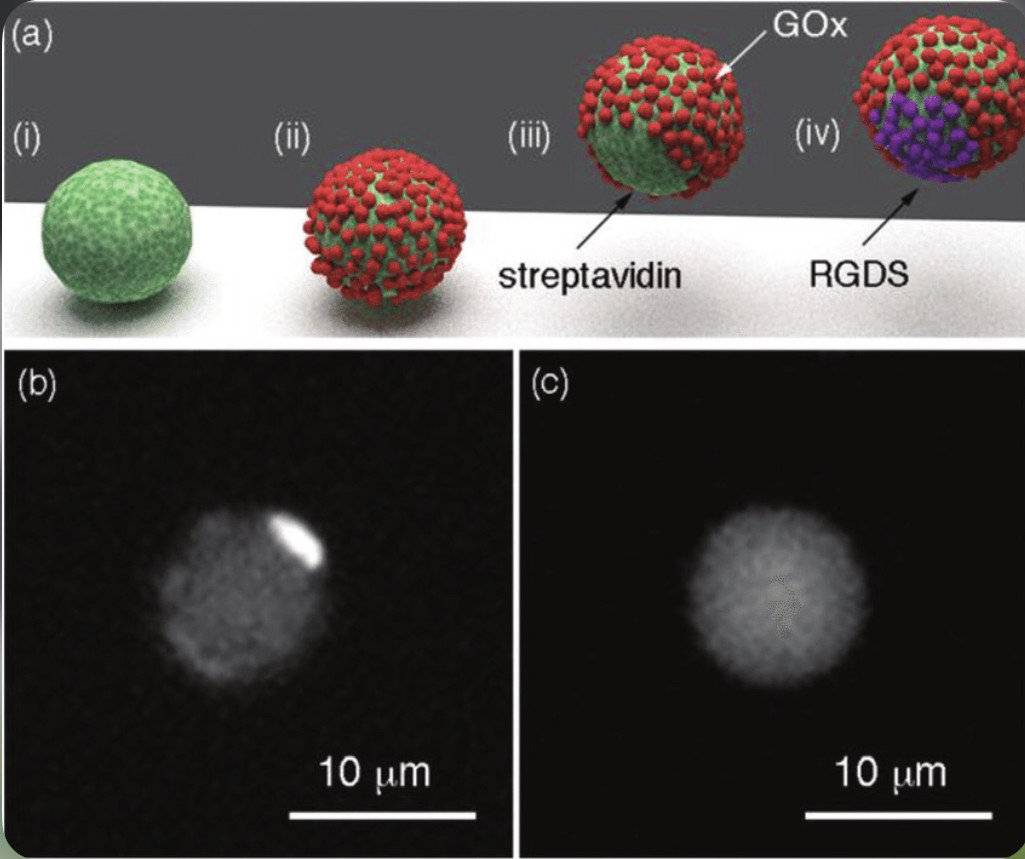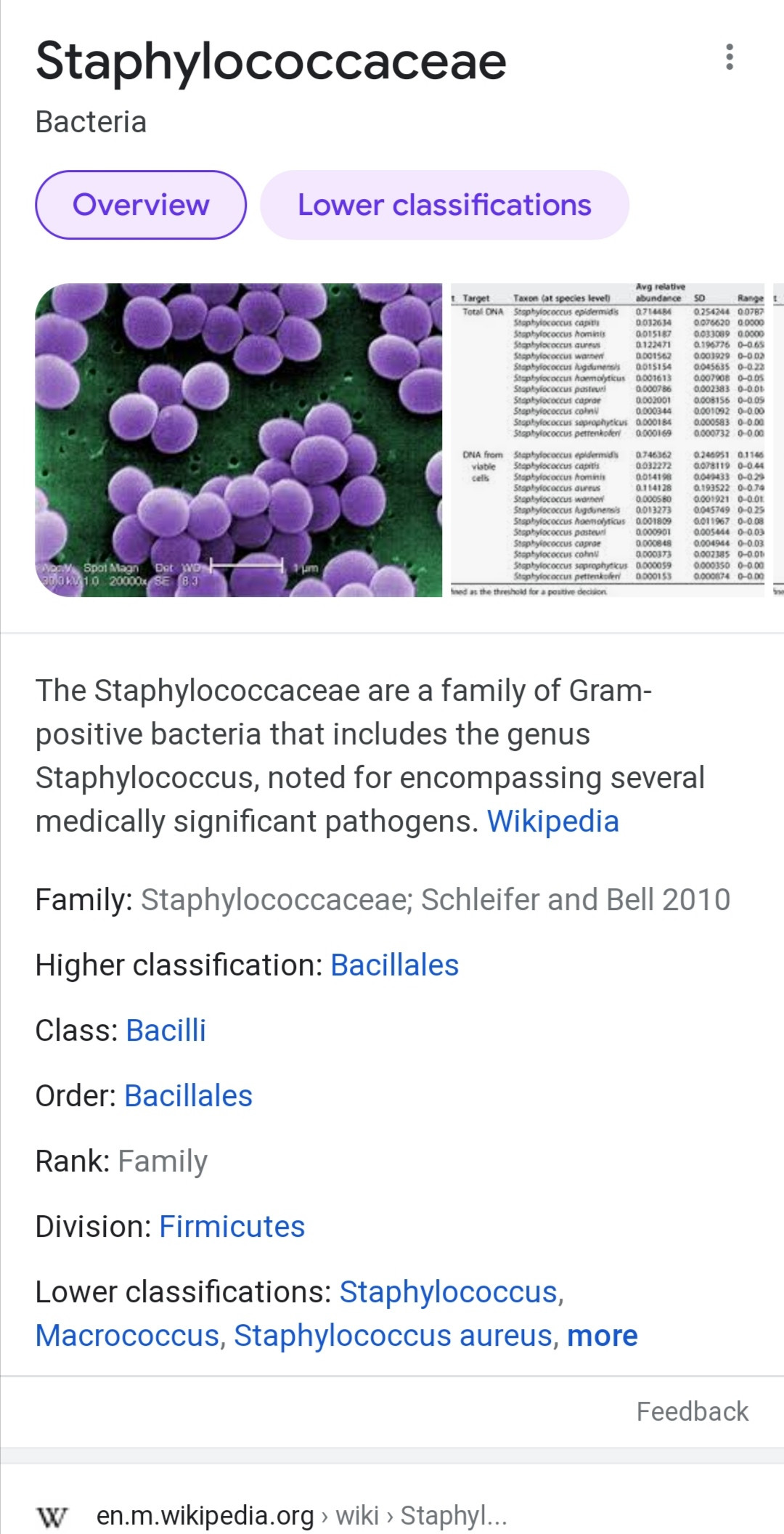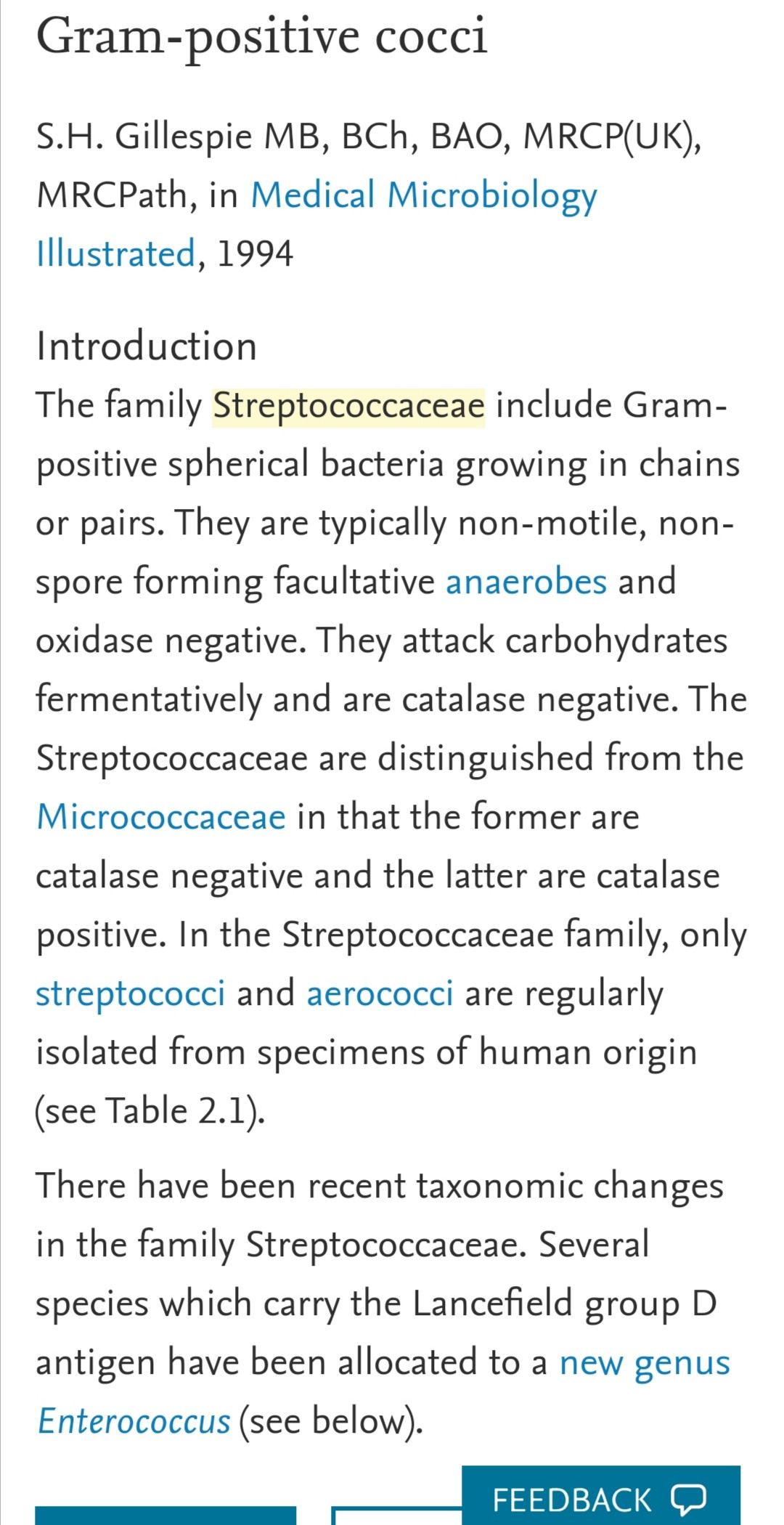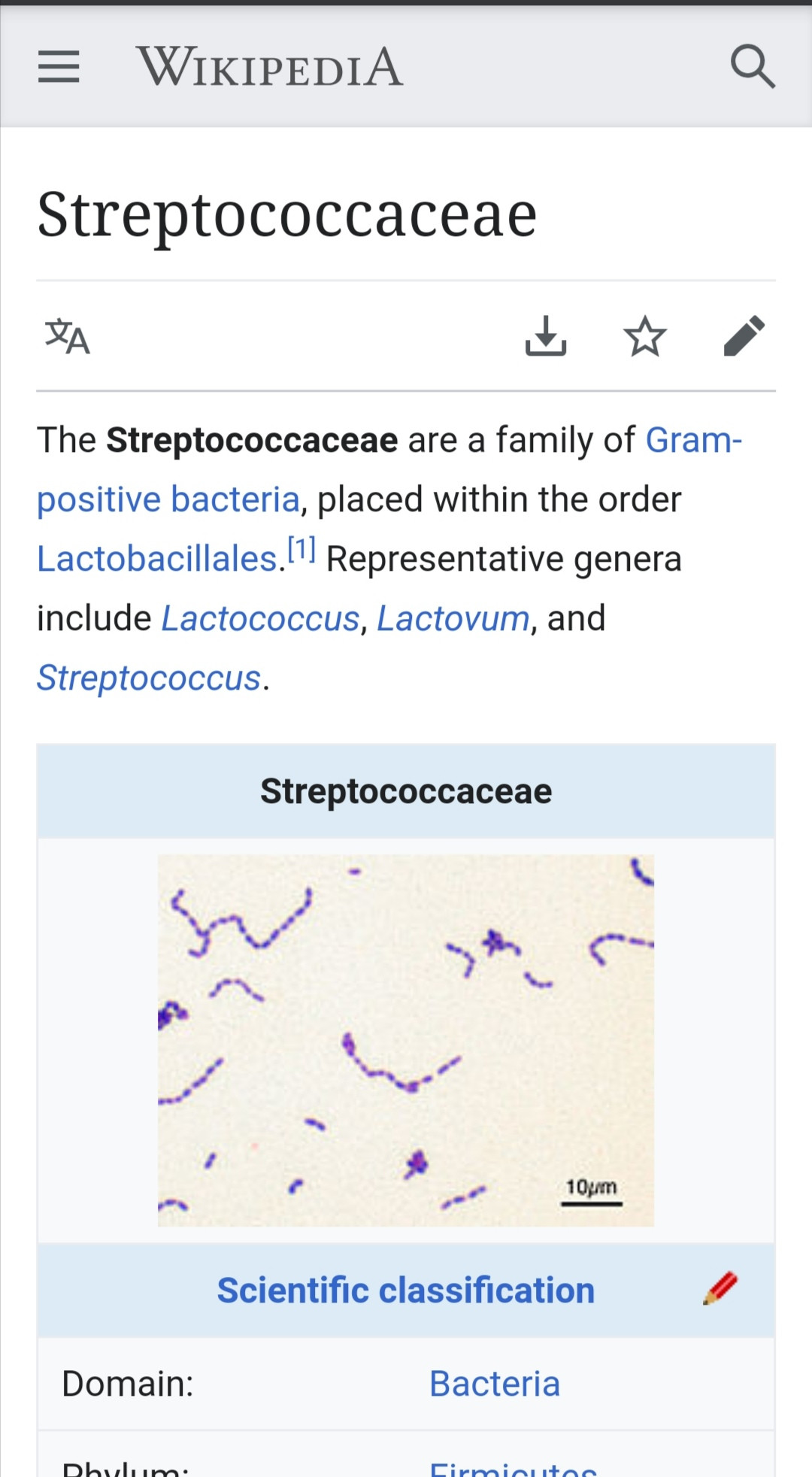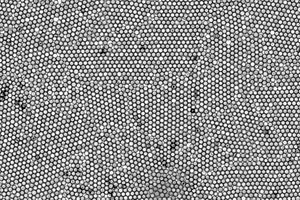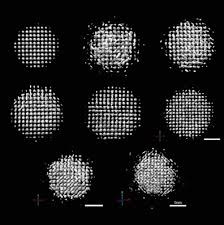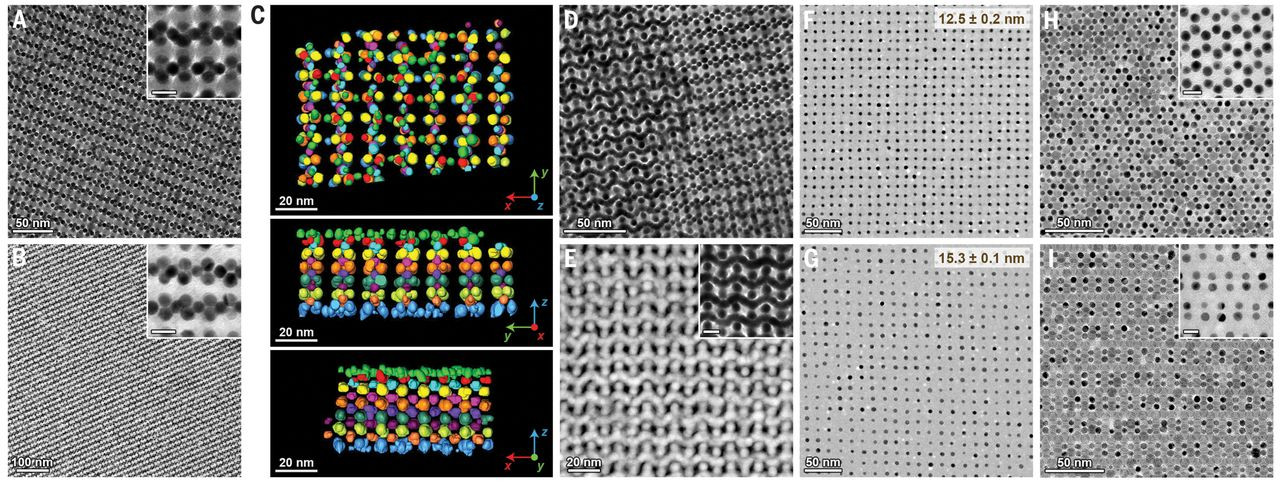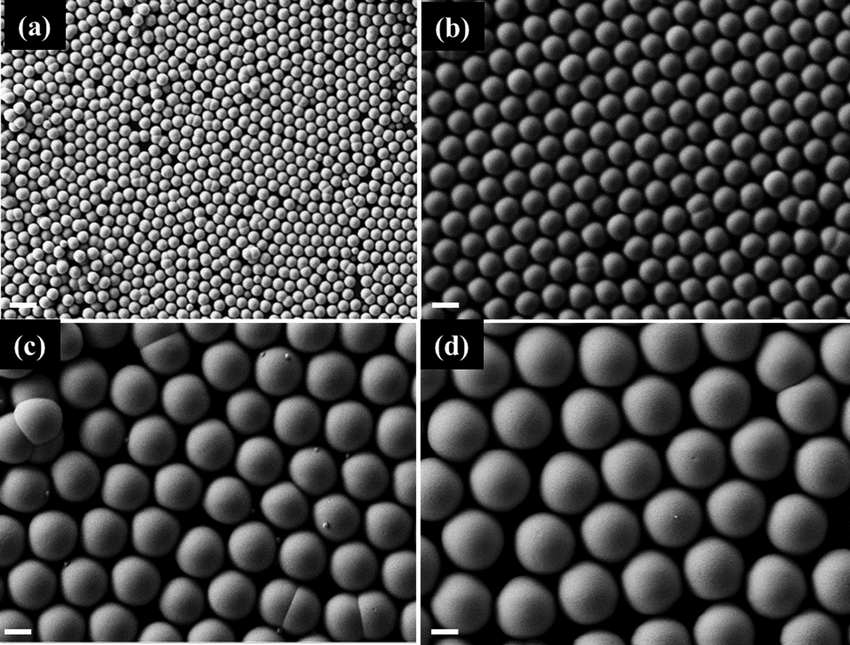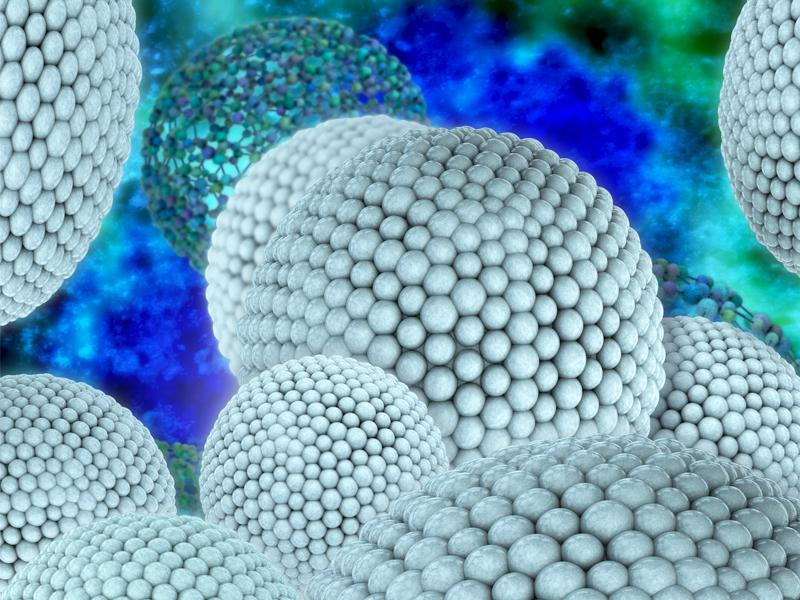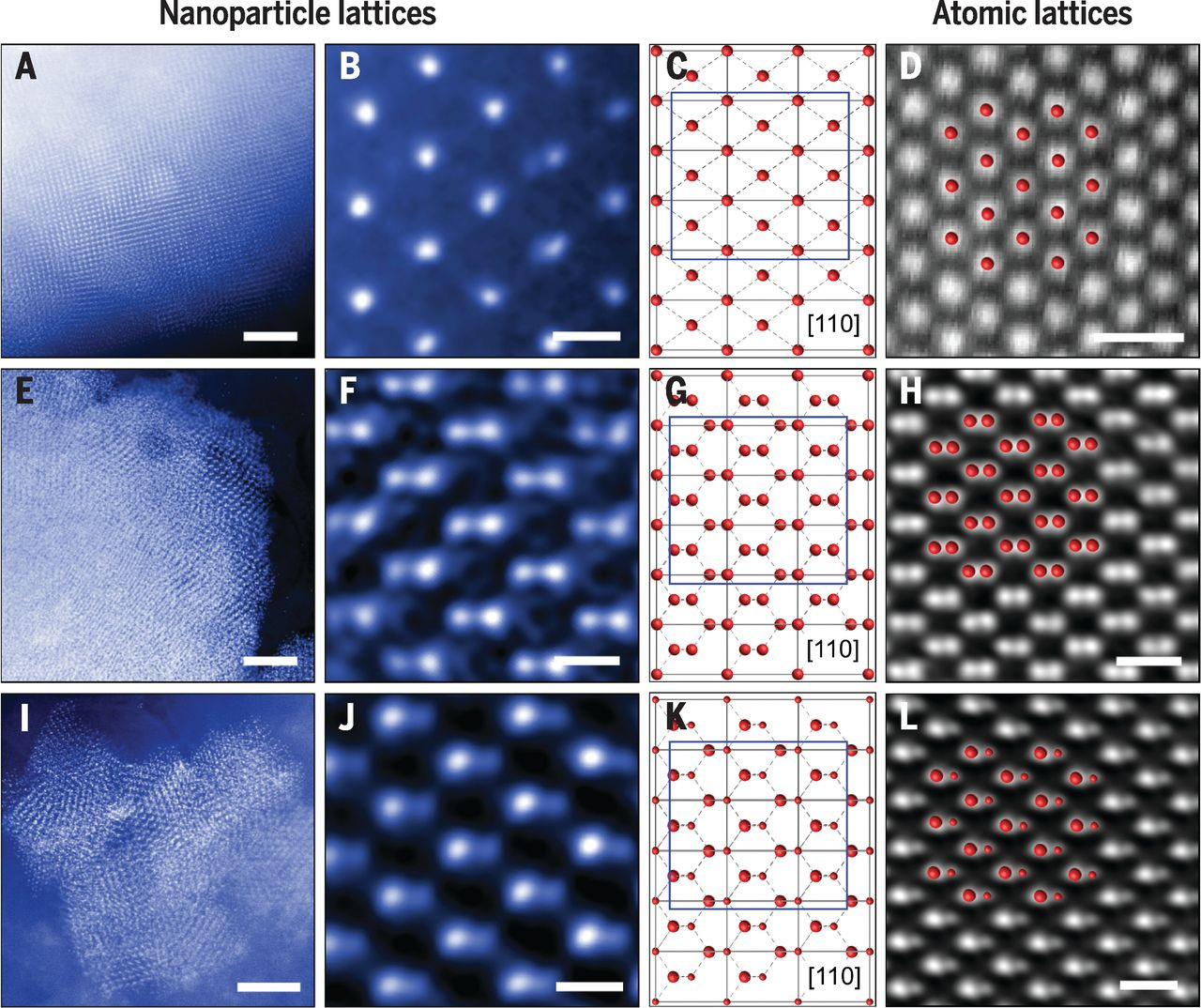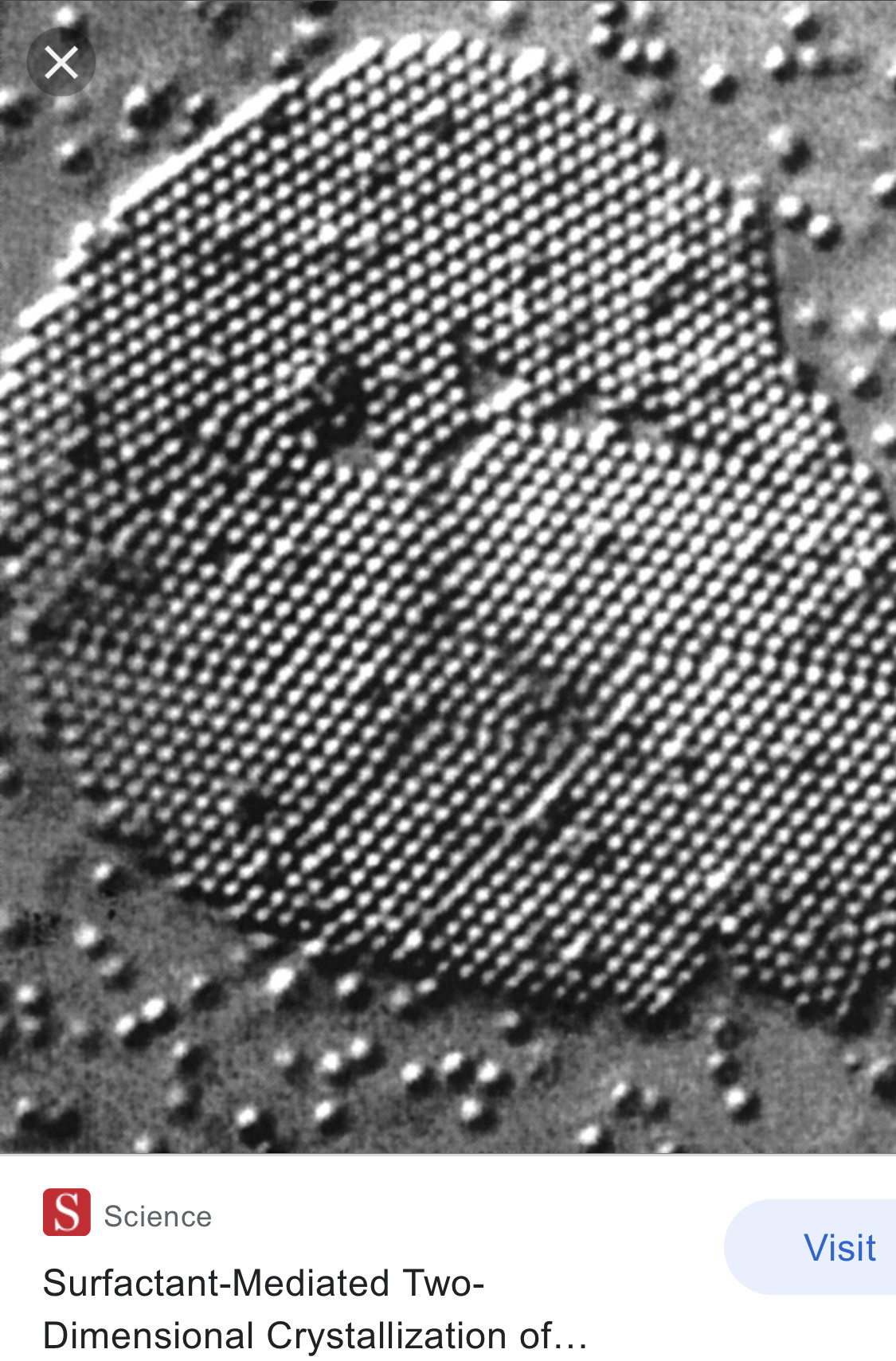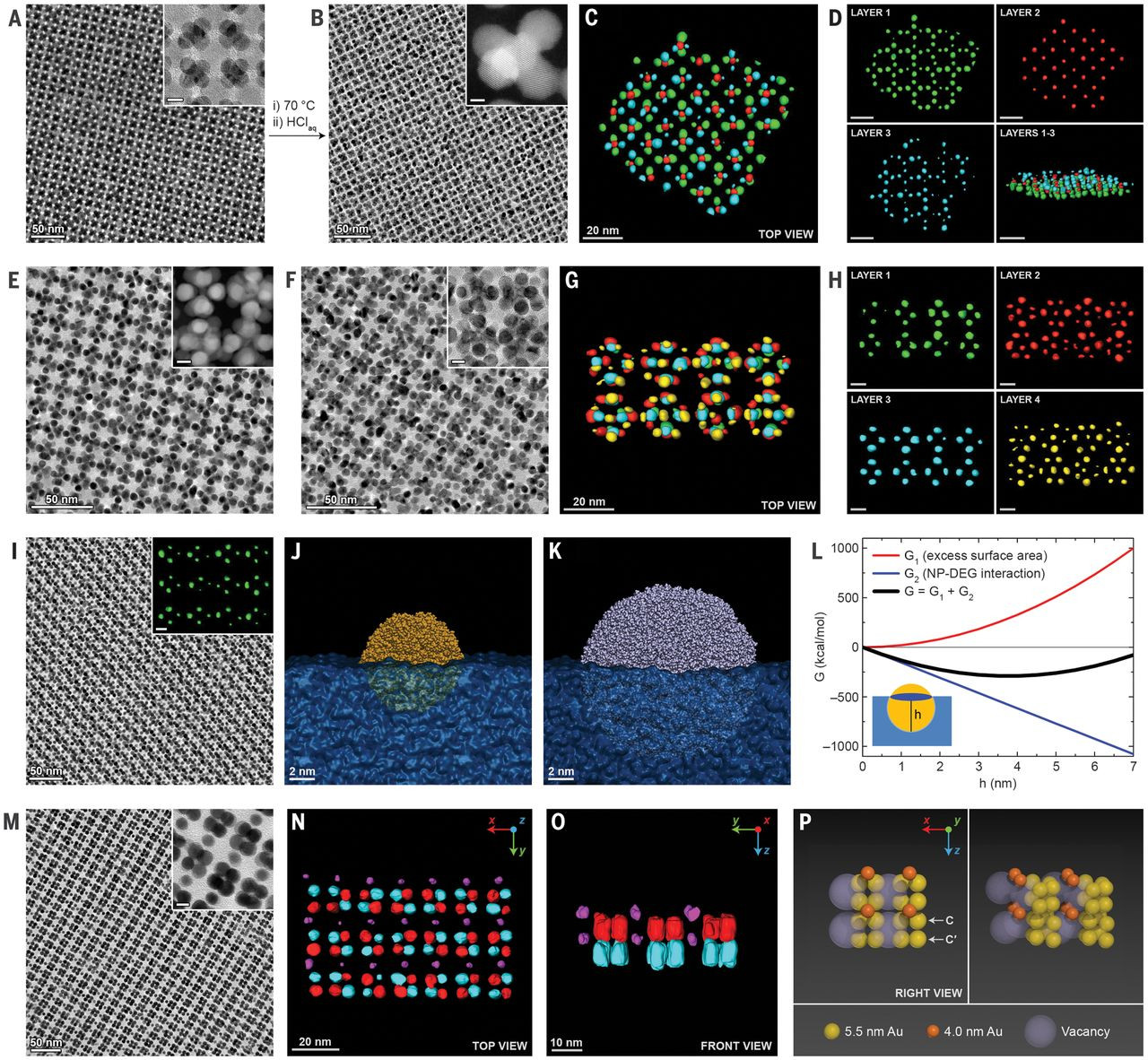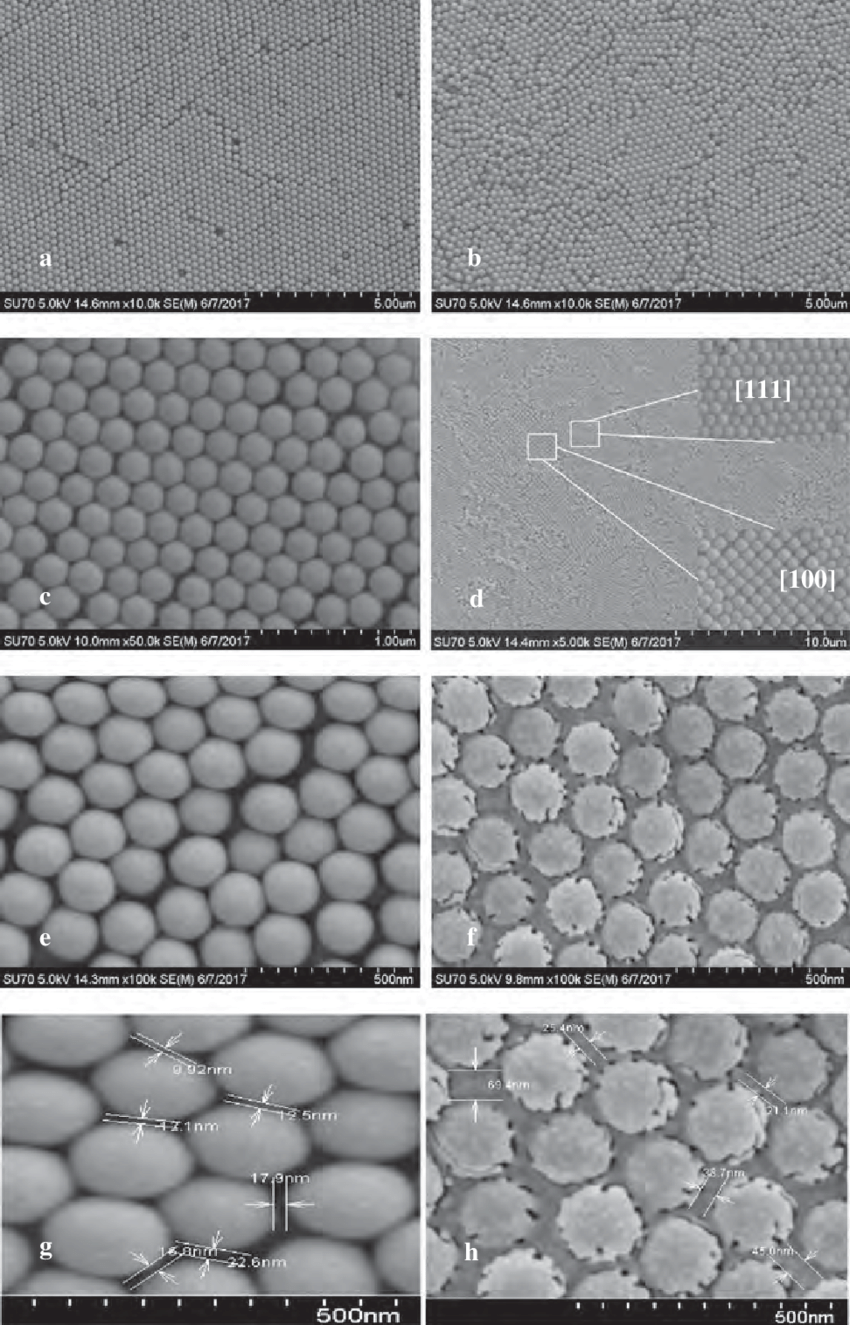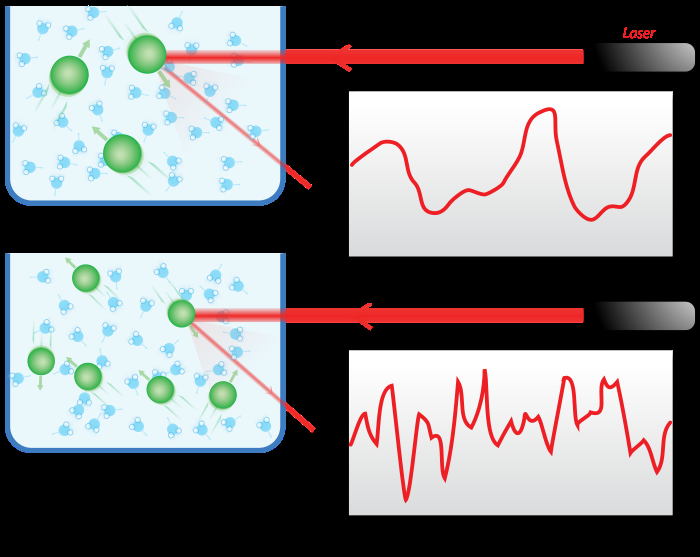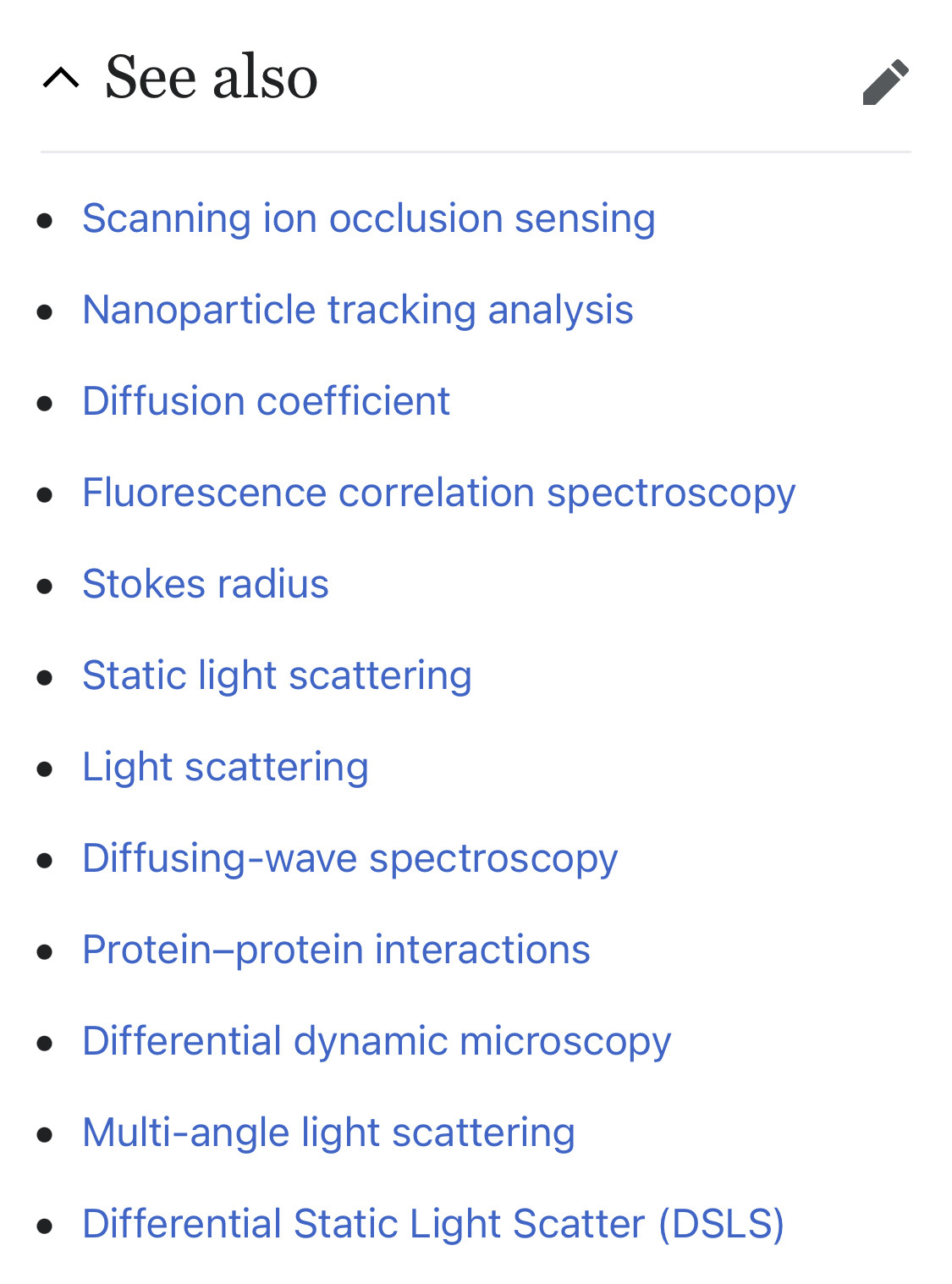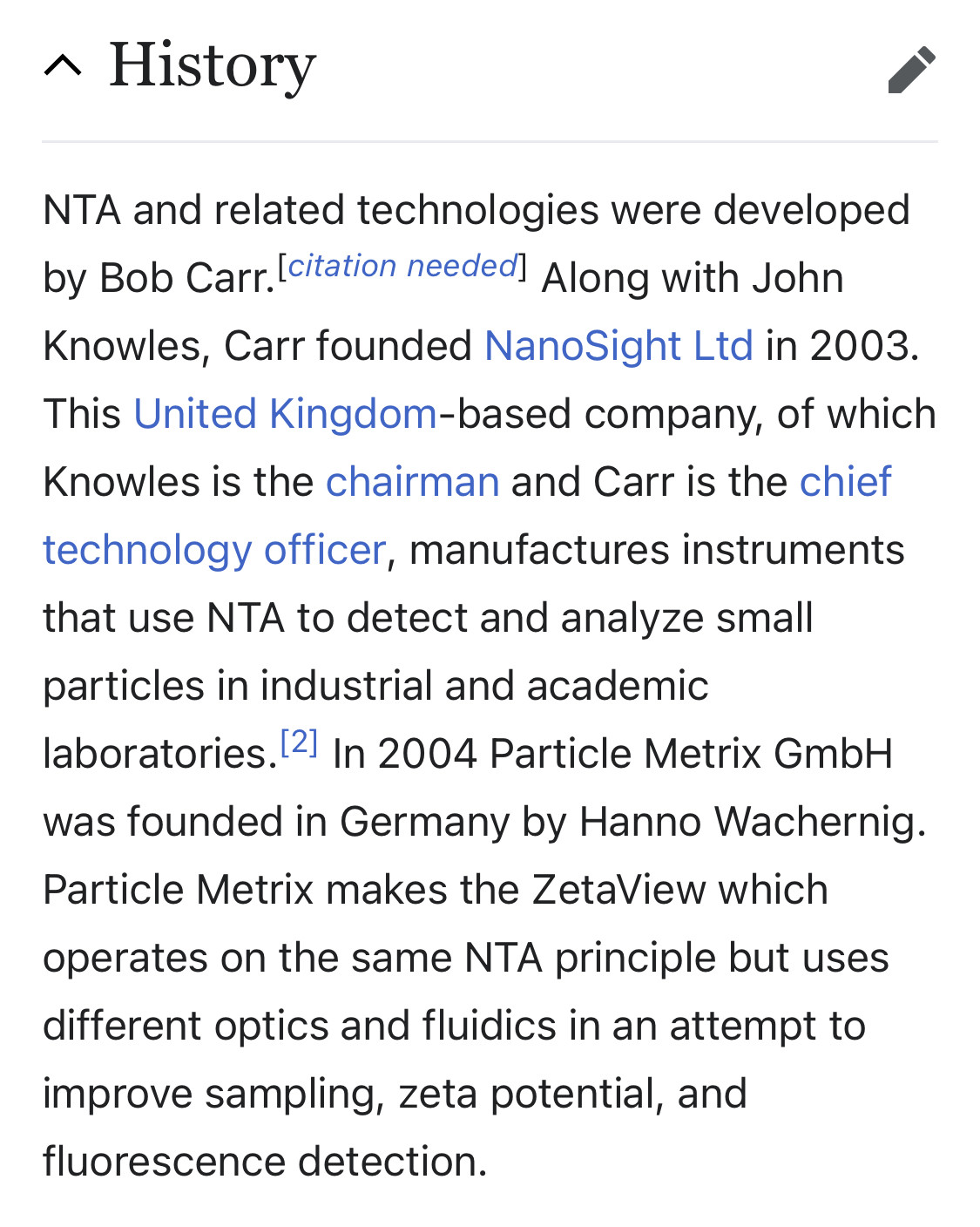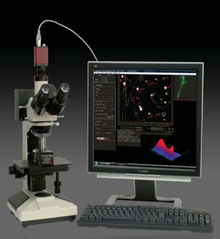Child of God, truth-seeker finder and sharer, patriot, inspired and fired up!
These look like streptococci and staphylococci🤔
Child of God, truth-seeker finder and sharer, patriot, inspired and fired up!
Bacteria
Here, we have investigated structural changes in mixed liposomes mimicking the lipid composition of Gram-positive bacteria membranes, in which the concentration of Bacillus Subtilis LTA was varied between 0–15 mol%. Small-angle neutron scattering (SANS) and dynamic light scattering (DLS) measurements indicated formation of mixed unilamellar vesicles, presumably stabilized by the negatively charged LTA polyphosphates.
Dynamic light scattering (DLS) is a technique in physics that can be used to determine the size distribution profile of small particles in suspension or polymers in solution. In the scope of DLS, temporal fluctuations are usually analyzed by means of the intensity or photon auto-correlation function (also known as photon correlation spectroscopy or quasi-elastic light scattering).
🙂
NTA has been used by commercial, academic, and government laboratories working with nanoparticle toxicology, drug delivery, exosomes, microvesicles, bacterial membrane vesicles, and other small biological particles, virology and vaccine production, ecotoxicology, protein aggregation, orthopedic implants, inks and pigments, and nanobubbles.
Nanoparticle tracking analysis (NTA) is a method for visualizing and analyzing particles in liquids that relates the rate of Brownian motion to particle size. The rate of movement is related only to the viscosity and temperature of the liquid; it is not influenced by particle density or refractive index. NTA allows the determination of a size distribution profile of small particles with a diameter of approximately 10-1000 nanometers (nm) in liquid suspension.
The technique is used in conjunction with an ultramicroscope and a laser illumination unit that together allow small particles in liquid suspension to be visualized moving under Brownian motion. The light scattered by the particles is captured using a CCD or EMCCD camera over multiple frames. Computer software is then used to track the motion of each particle from frame to frame.
The rate of particle movement is related to a sphere equivalent hydrodynamic radius as calculated through the Stokes–Einstein equation. The technique calculates particle size on a particle-by particle basis, overcoming inherent weaknesses in ensemble techniques such as dynamic light scattering. Since video clips form the basis of the analysis, accurate characterization of real time events such as aggregation and dissolution is possible.
Samples require minimal preparation, minimizing the time required to process each sample. Speculators suggest that eventually the analysis may be done in real-time with no preparation, e.g. when detecting the presence of airborne viruses or biological weapons.
NanoSight has 25 employees in the UK and has received several awards and recognitions.
More than 450 instruments had been sold as of 2012.
The technology has been cited in over 1300 scientific publications, presentations and reports.
NanoSight was acquired by Malvern Instruments on 30 September 2013.
An optional fluorescence mode, employing an optical filter, allows speciation of fluorescently labeled particles.
Each instrument comprises a scientific camera, a microscope, and a sample viewing unit (LM12 or LM14). The viewing unit uses a laser diode to illuminate particles in liquid suspension that are held within or advanced through a flow chamber within the unit. The instrument is used in conjunction with a computer control unit that runs a custom-designed Nanoparticle Tracking Analysis (NTA) software package.
NTA analyzes videos captured using the instrument, giving a particle size distribution and particle count based upon tracking of each particle's Brownian motion. Tracking is carried out for all particles in the laser scattering volume to produce a particle size distribution using the Stokes-Einstein equation, relating the Brownian motion of a particle to a sphere-equivalent hydrodynamic radius.
Several instruments are currently available.
General specifications:
Nanoparticle analysis range: typically 10–1000 nm, dependent on particle material
Particle type: any
NanoSight instruments are used for a variety of applications, including:
Ceramic and metallic nanoparticles
Pigments, paints and sun creams
Exosomes, microvesicles, outer membrane vesicles, and other small biological particles
Pharmaceutical particles - liposomes
Viruses
Carbon nanotubes (multi-walled)
Colloidal suspensions and polymer particles
Cosmetics and foodstuffs
Particles in fuels and oils (soot, catalyst, wax etc.)
Wear debris in lubricants
Chemical Mechanical Polishing Slurries
Nanotoxicology studies
Recognition
Queen's Awards for Enterprise; Innovation (2013)
Queen's Award for Enterprise in International Trade (2012)
Technology World Business Innovation Award (2011)
Winner, Deloitte Technology Fast 50 (2011)[8]



